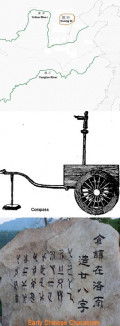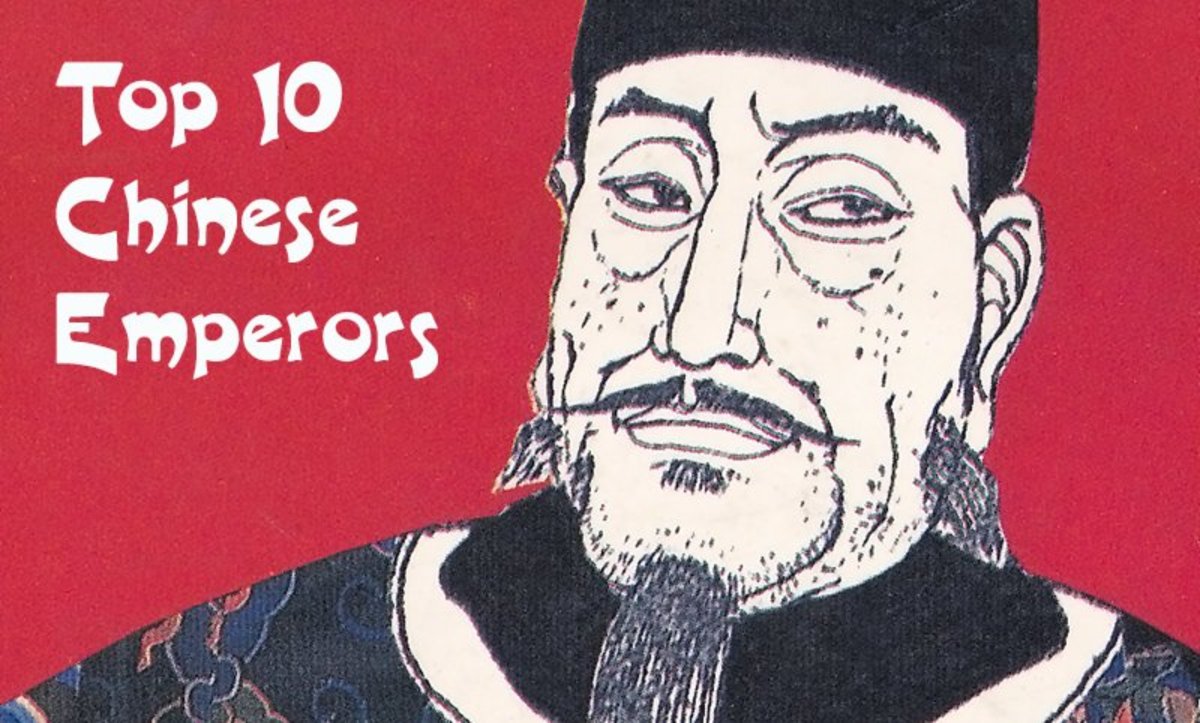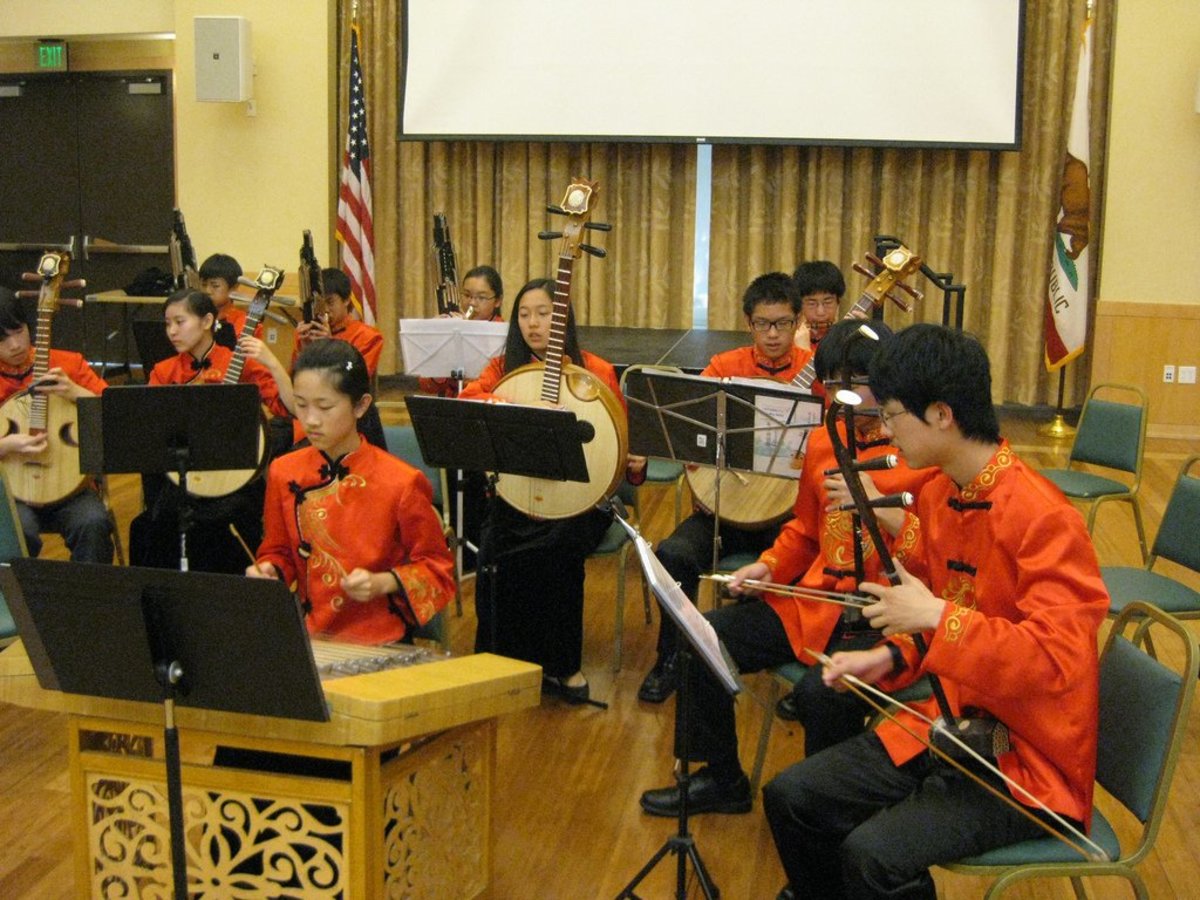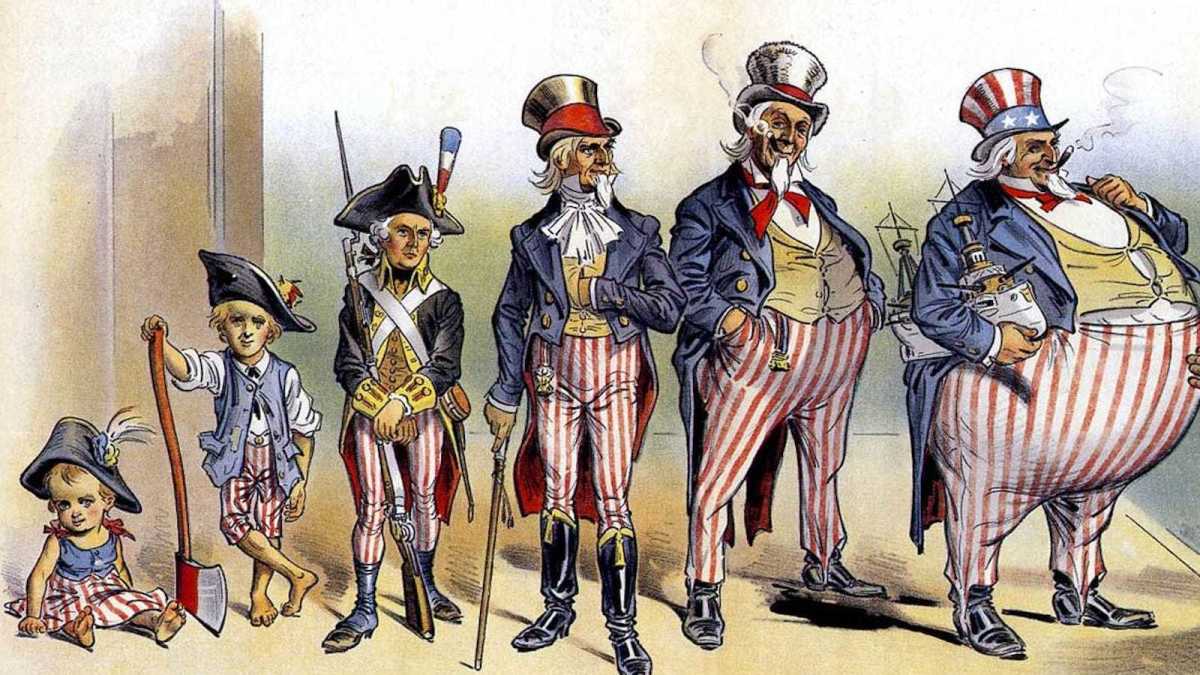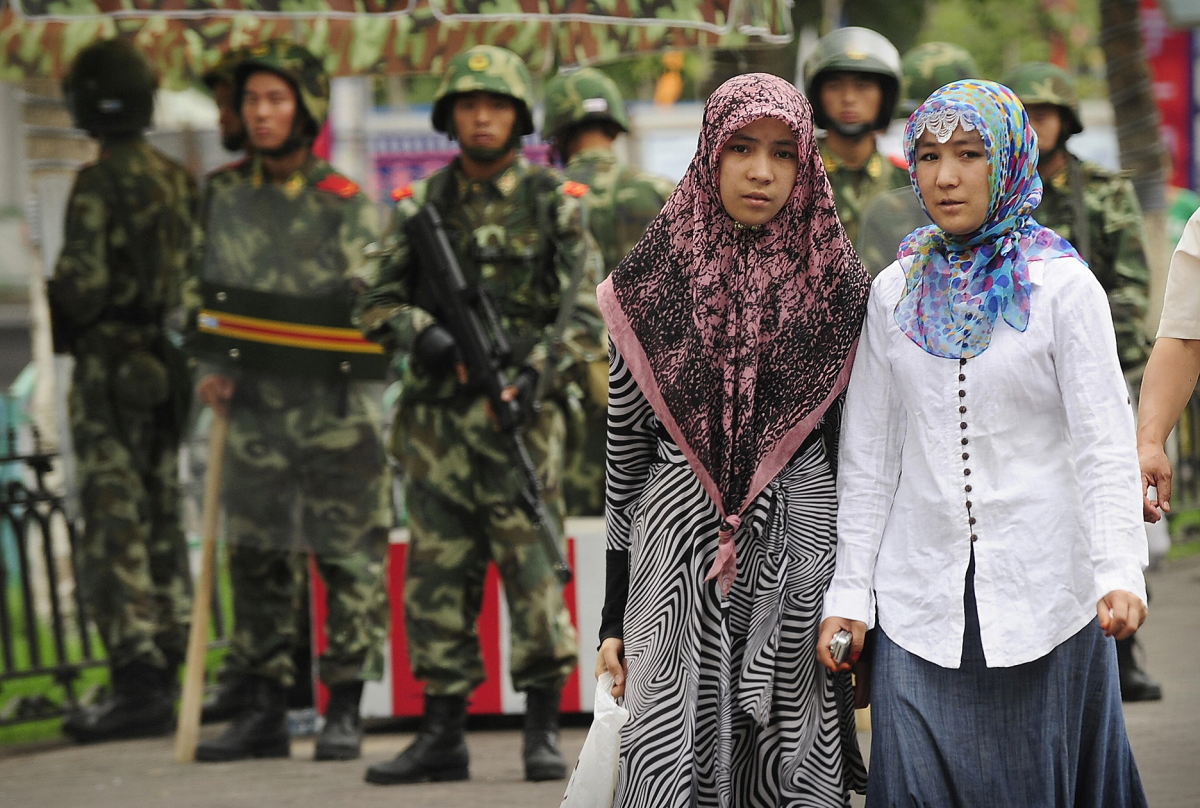One of the greatest Chinese General Cao Cao’s Campaigns in the Han dynasty
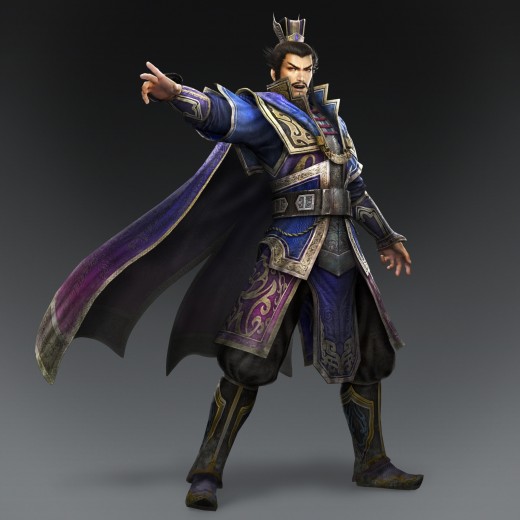
Ancient Lineage
Chinese civilization is among the oldest in the world. Perhaps the only comparative civilization is that of ancient India. Right from prehistoric time’s Chinese civilization was in an advanced stage of development, compared to other areas around the world.
The War Lord
One aspect of Chinese history is the omnipresence of the warlord. A warlord was a general or a small-time king or noble who maintained a large army which sustained him by pillaging the countryside and fighting the established dynasties. This state of affairs continued till the 20th century and only stopped with the defeat of General Chiang Kai Shek by the communists under Mao in mid-twentieth century. The War Lord was a permanent fixture in Chinese history for more than 2500 years.
The Han Dynasty
A look at Chinese history will show that the oldest dynasty that ruled China was the Qi dynasty which was followed by the Han dynasty. The Han dynasty ruled for nearly 400 years from 200 BC 50 220 AD. It must be understood that when we talk of any dynasty ruling China, it refers to only the Eastern part of China and did not incorporate the far-flung area like Tibet and Sinkiang which are now considered by the Chinese as a part of China.
The Han dynasty is an important fixture in Chinese history. But towards the end of their reign, they were besieged by warlords that greatly weakened them and ultimately led to the eclipse of Han rule. One of the warlords who emerged during this turbulent period was General Cao Cao. He was no doubt a warlord, but he was also a great military general who fought many campaigns. Cao Cao emerged during the last days of the Han rule and lived from 155-220 AD.
The war Lord Cao Cao
Cao Cao has a permanent place in Chinese history as a great general who successfully marshaled his troops in a disciplined manner and won some great victories. He spent his entire life waging one war or another. On his death, he was given the posthumous title of Emperor Wu. His tomb was accidentally discovered in Anyang County, Henan in 2009.
Towards the end of Han rule, the Chinese state broke into what is known as the 3 kingdoms. Each of these 3 kingdoms was headed by an Emperor who claimed legitimate succession from the Han Dynasty. This was the period of Chinese history (184-220AD) which was marked by chaotic fighting. General Cao Cao made a name for himself during this period. He started his campaign to defend the underage son of the emperor of the Han dynasty but ended up with the overthrow of the Han dynasty by his son Cao Pi in 220 CE.
The Rise of Cao Cao
Cao Cao was brought up Cao Song who was raised by a eunuch in the court of the emperor.Cao Song thus had a foothold in court and was appointed defender –in –chief (Taipei). This gave a foothold to Cao Cao who showed his military prowess by suppressing the Yellow turban uprising. His leadership qualities were recognized and he was appointed Commandant of the Control army (dianjun xiaowei).
Things did not go smoothly for Cao Cao as with the rise of Dong Zhuo seized power in the court, Cao Cao fled to Luoyang, where he assembled a large army. He was joined by the warlord Yuan Shao, and along with him attacked Dong Zhuo and drove him out of the capital. It was a brilliant military campaign and he was appointed the governor of Dongjun. In 192 he was again given the task of suppressing the Yellow Turban uprising, this time in the Eastern province of the empire. He defended the Han dynasty in a number of campaigns that demonstrated his military skill. In a series of battles, he defeated the local warlords Yuan Shu, Tao Qian, Lu Bu and Zhang Miao. He now could challenge the most powerful war Lord Yuan Shao who had helped him earlier.
Battle of Guandu
In 200 in the famous battle of Guandu, he defeated the superior forces of Yuan Shao and entire North China was under his sway. This was a stupendous military victory and as a reward, Cao Cao was appointed counselor-in-chief. Cao Cao now turned his attention to South China and in 208 started a war against the warlords in South China namely Liu Biao, Sun Quan and Liu Bei. He defeated Liu Biao but the other two warlords met Cao Cao in the battle of Red Cliff in 208. Cao Cao was defeated and retreated back to the north, where he consolidated his position. He suppressed many rebellions and proved his understanding of the art of war was very high.
Last Word
He commented on the military classic Sunzi Bingfa and also wrote many treatises on military warfare. A reading of these shows that Cao Cao was no ordinary general and no wonder he is regarded as one of the greatest generals of China. His son put an end to the Han dynasty and after his death, Cao Cao was posthumously enshrined as Emperor Wu in 220 AD.

